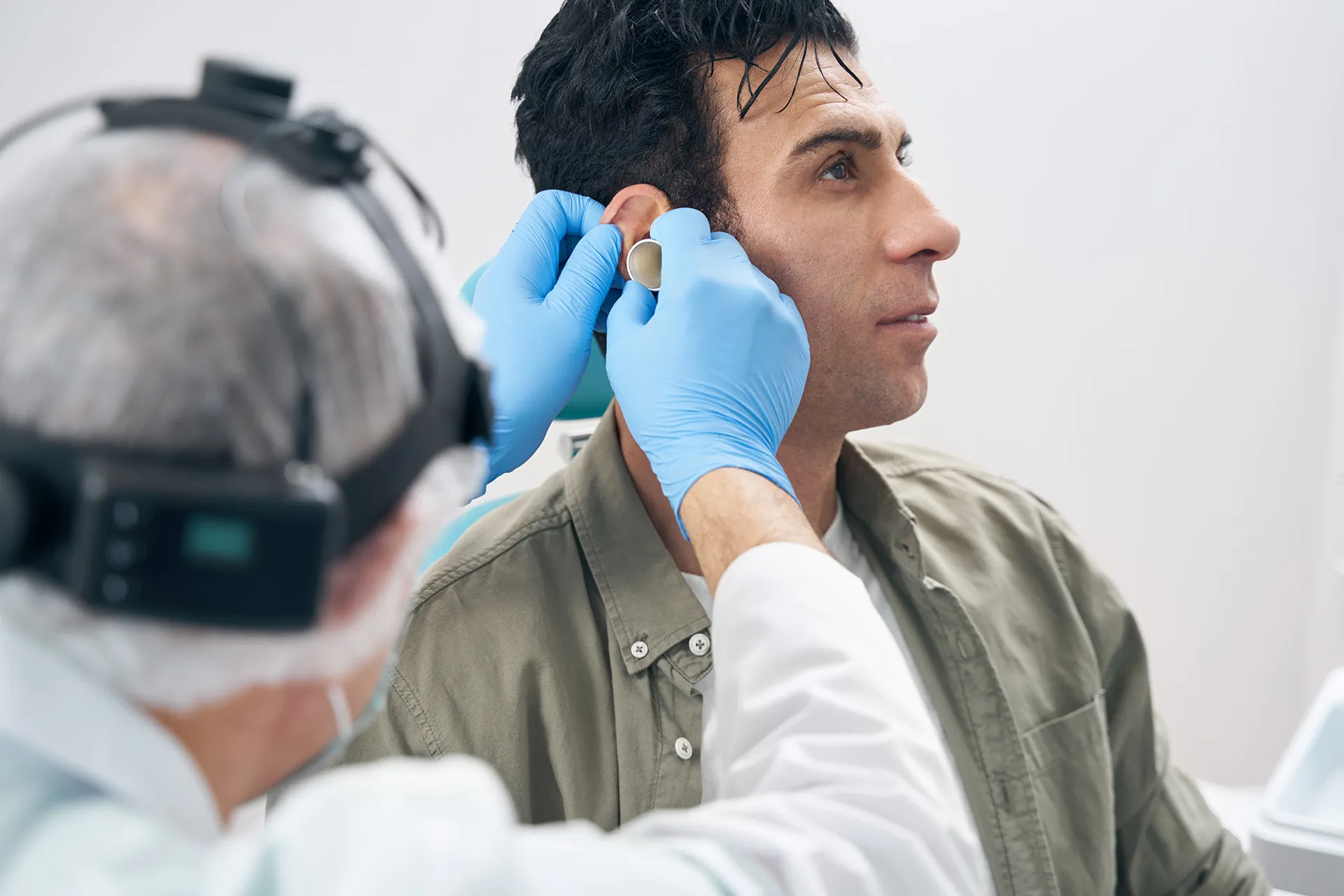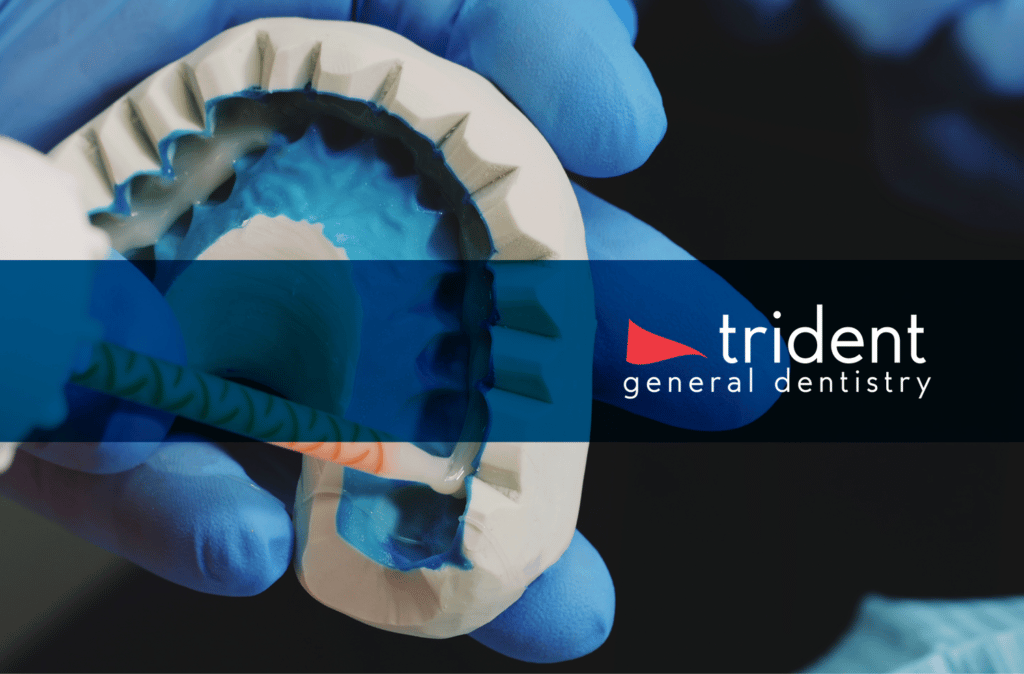Tmj Infection Ear

Temporomandibular joint (TMJ) infections can be a daunting and painful experience, often accompanied by a range of symptoms that can affect not only the jaw but also the ear. The TMJ is a complex joint that connects the mandible (lower jawbone) to the temporal bone of the skull, playing a crucial role in jaw movement and overall oral function. When this joint becomes infected, it can lead to a cascade of issues, including ear pain, which is a common complaint among individuals suffering from TMJ infections.
Understanding TMJ Infections
TMJ infections can arise from various sources, including bacterial, viral, or fungal pathogens. These infections can be acute or chronic and may result from trauma to the jaw, dental procedures, poor oral hygiene, or as a complication of another systemic infection. Symptoms of a TMJ infection can vary but often include severe pain in the jaw, face, or ear, difficulty chewing, clicking or locking of the jaw, and swelling in the affected area.
Connection Between TMJ Infections and Ear Pain
The connection between TMJ infections and ear pain can be attributed to the proximity of the TMJ to the ear and the shared nerve pathways. The temporomandibular joint is located close to the ear, and the nerves that supply this area are intricately connected with those that serve the ear. When the TMJ is inflamed or infected, it can irritate the surrounding nerves, leading to referred pain in the ear. This phenomenon is known as referred pain, where pain is perceived at a location other than the site of the painful stimulus.
Diagnostic Challenges
Diagnosing a TMJ infection as the cause of ear pain can be challenging. The symptoms of TMJ infection can mimic those of other conditions, such as otitis media (middle ear infection), otitis externa (outer ear infection), or even dental problems like a tooth abscess. A thorough medical and dental history, physical examination, and possibly imaging studies (like MRI or CT scans) may be necessary to accurately diagnose a TMJ infection. Additionally, a dental professional may perform specific tests, such as palpation of the TMJ and surrounding muscles, to assess pain and dysfunction.
Treatment Approaches
Treatment for TMJ infections aims to address the underlying cause of the infection, relieve pain, and restore normal jaw function. Antibiotics may be prescribed if the infection is bacterial, while antiviral or antifungal medications may be used for infections caused by viruses or fungi, respectively. Pain management is a crucial component of treatment and may involve the use of analgesics, anti-inflammatory drugs, or muscle relaxants. In some cases, a dentist or an oral surgeon may recommend a TMJ arthrocentesis, a minimally invasive procedure to flush out the joint and reduce inflammation.
Conservative Management Strategies
Besides medical treatment, several conservative management strategies can help alleviate TMJ infection symptoms, including ear pain. These strategies include:
- Soft Diet: Eating soft foods can reduce strain on the TMJ and alleviate pain.
- Jaw Exercises: Gentle jaw exercises, as recommended by a healthcare professional, can help maintain jaw mobility and reduce stiffness.
- Heat or Cold Packs: Applying heat or cold packs to the affected area can help reduce pain and inflammation.
- Relaxation Techniques: Stress can exacerbate TMJ symptoms. Engaging in relaxation techniques, such as meditation or deep breathing, can help manage stress and reduce pain.
- Oral Appliance Therapy: A custom-made oral appliance, such as a splint, can help redistribute the forces acting on the TMJ, reducing pressure and pain.
Preventive Measures
Preventing TMJ infections involves maintaining good oral hygiene, avoiding habits that can strain the jaw (like chewing ice or nail biting), and seeking prompt medical attention if symptoms of a TMJ infection or any suspicious dental issue arise. Regular dental check-ups can also help in early detection and management of potential problems.
Conclusion
TMJ infections can be a source of significant discomfort, especially when accompanied by ear pain. Understanding the connection between the TMJ and the ear, recognizing the symptoms of a TMJ infection, and seeking appropriate medical and dental care are crucial steps in managing this condition. By combining medical treatment with conservative management strategies and adopting preventive measures, individuals can effectively address TMJ infections and alleviate associated ear pain, improving their overall quality of life.
What are the common symptoms of a TMJ infection?
+Common symptoms include severe pain in the jaw, face, or ear, difficulty chewing, clicking or locking of the jaw, and swelling in the affected area.
How is a TMJ infection diagnosed?
+Diagnosis involves a thorough medical and dental history, physical examination, and possibly imaging studies like MRI or CT scans. Specific tests by a dental professional, such as palpation of the TMJ and surrounding muscles, may also be performed.
What are the treatment options for a TMJ infection?
+Treatment may include antibiotics for bacterial infections, antiviral or antifungal medications for viral or fungal infections, pain management with analgesics or anti-inflammatory drugs, and in some cases, a TMJ arthrocentesis to flush out the joint and reduce inflammation.

